What are the most common fish grown with Aquaculture?
Feeling the pinch of declining wild fish populations while seafood demand soars? Aquaculture is stepping up, but which fish are leading the charge in this blue revolution?
Globally, species like tilapia, carp, salmon, and catfish are the frontrunners in aquaculture. Their adaptability, rapid growth, and market demand make them the most commonly farmed fish worldwide, forming the backbone of the industry.
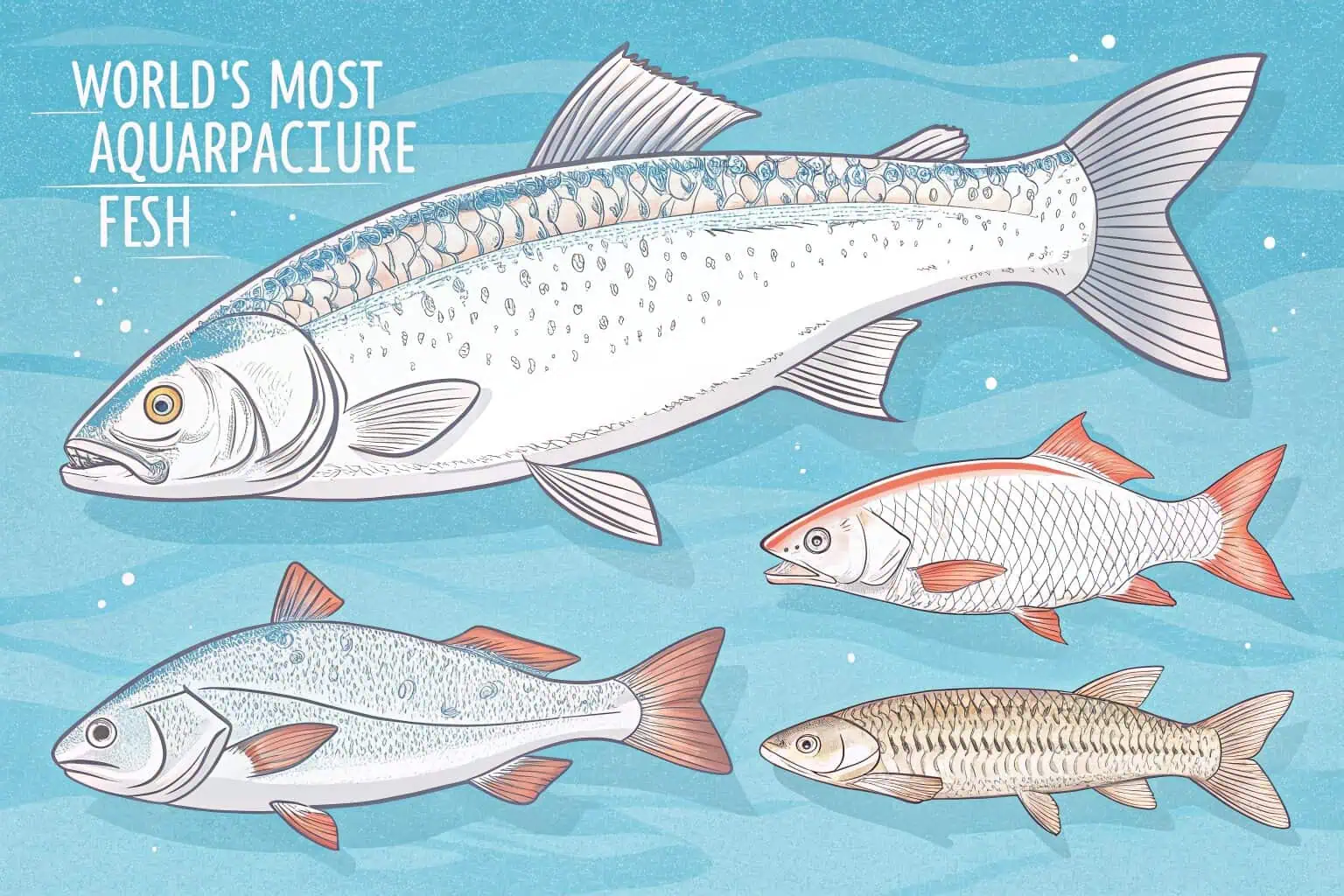
As someone who has spent a lot of time looking into this industry, I see it as both a solution and a complex challenge. It's the fastest-growing food sector, driven by our love for seafood and the hard truth of shrinking ocean resources. The potential for sustainability is what really pulls me in. But understanding the "what" is just the first step. Let's dive deeper into the specific species that make this industry tick and explore why they are so popular.
What fish are commonly used in aquaculture?
Struggling to know where to start with fish farming? The sheer number of species can be overwhelming, making it hard to pick the right one for your goals and environment.
The most common fish in aquaculture fall into key categories like freshwater (tilapia, carp), saltwater (salmon, sea bass), and those that thrive in both (trout). Each group is chosen for specific traits that make them suitable for farming.
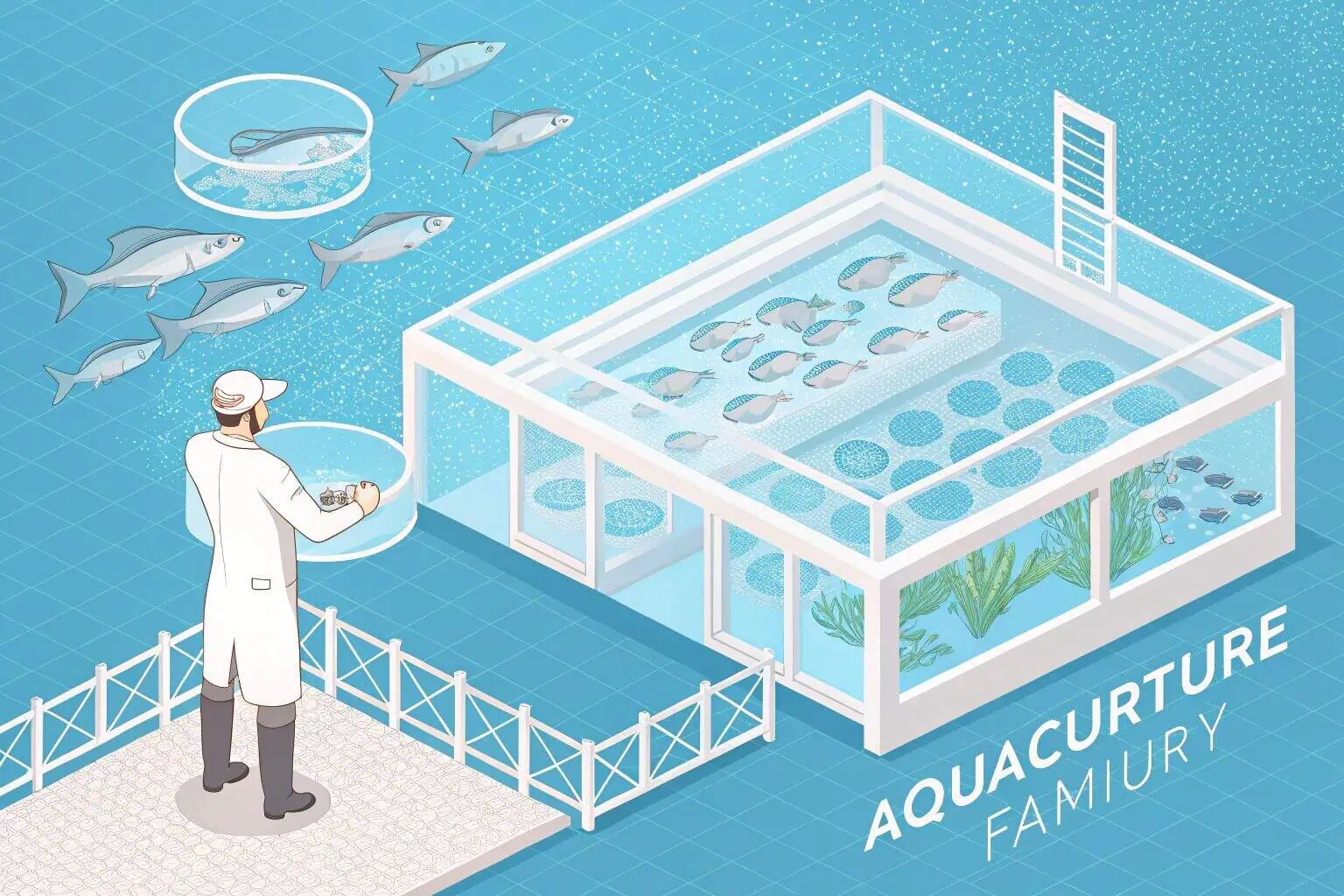
When I first got into this field, I was amazed by the variety. It’s not a one-size-fits-all situation. The choice of fish depends heavily on climate, market, and the farmer's resources. For instance, the fish thriving in a warm, freshwater pond in Asia are completely different from those in a cold, saltwater pen in Europe. This diversity is the industry's strength. To make sense of it all, I find it helpful to break them down into a few main groups. This approach helps clarify why certain fish are farmed in certain places and what makes each of them a viable business1.
Freshwater Favorites
Freshwater fish are the bedrock of global aquaculture, mainly because they are often easier and cheaper to raise. Species like Tilapia and Carp are superstars here. They are incredibly hardy and can tolerate conditions that would be stressful for other fish. What I find most impressive is their diet; they are often herbivorous or omnivorous, meaning they can be fed with low-cost, plant-based feeds. This is a huge deal for sustainability2. It means we can produce a lot of protein with a smaller environmental footprint, which is a core part of my belief in aquaculture's potential to feed millions.
Saltwater Stars
On the other end of the spectrum, you have the saltwater, or marine, species. Fish like Salmon and Sea Bass are the big names here. They command a high price in the market, which is a major incentive for farmers. However, their cultivation is more complex. They require specific water quality, more expensive protein-based feeds, and careful management to prevent diseases from spreading in crowded net pens. This is where I see the biggest challenges and the most exciting innovations. The industry is constantly working on better feed formulas and farming systems, like Recirculating Aquaculture Systems (RAS)3, to reduce the ecological impact and make it more sustainable.
The Best of Both Worlds
Then there are fish like Trout, which are incredibly adaptable. They are part of the salmonid family4 but can be raised in a variety of environments, from freshwater raceways to coastal marine cages. This flexibility makes them a popular choice for farmers in many different regions around the world. Their ability to thrive in different conditions showcases the ingenuity of aquaculture practitioners who tailor their methods to get the best results from their chosen species.
| Species | Family | Adaptability | Farming Environments | Global Appeal | Insight |
|---|---|---|---|---|---|
| Trout | Salmonid | Incredibly Adaptable5 | Freshwater raceways, Coastal marine cages | Popular choice in many regions | Shows ingenuity of aquaculture practitioners in tailoring methods |
What is commonly farmed in aquaculture?
Think aquaculture is just about fish? You might be missing a huge part of the picture, limiting your understanding of this diverse and booming global industry.
Aquaculture isn't limited to fish. It commonly includes crustaceans like shrimp and prawns, mollusks such as oysters and mussels, and even aquatic plants like seaweed. This diversity is fundamental to its global impact and success.
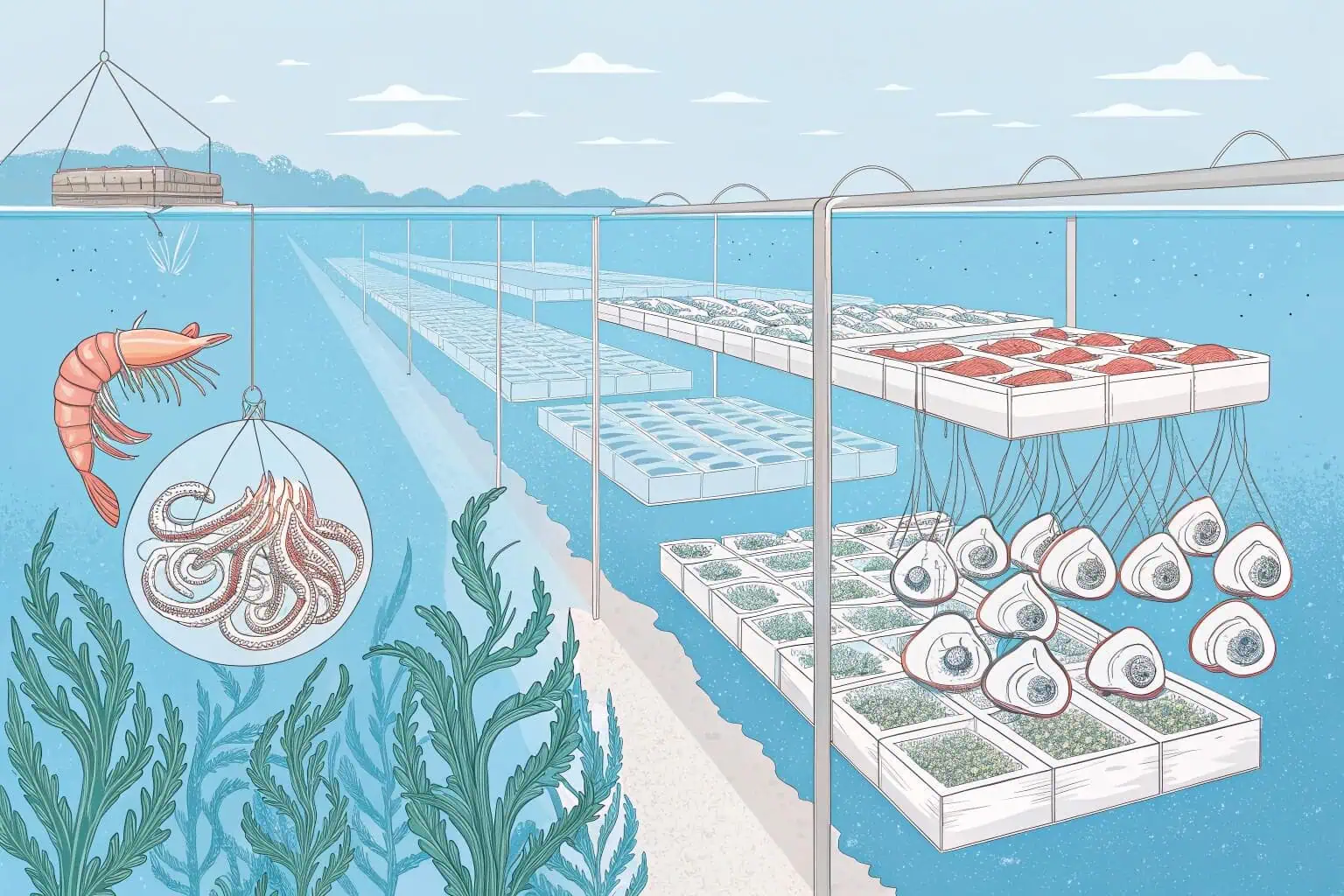
One of the biggest misconceptions I encounter is that aquaculture is just “fish farming.” The reality is so much broader and, frankly, more interesting. The industry is a complete ecosystem of different products, each with its own market and farming methods. When I look at the global picture, I see how this diversity makes the industry resilient and adaptable. It’s not just about producing one type of food; it’s about cultivating a wide range of aquatic resources6 to meet different needs, from luxury seafood to industrial ingredients. This variety is what makes the field so dynamic and full of opportunity.
Beyond the Fins: Crustaceans
Shrimp and prawns are a massive part of the global aquaculture market. The demand is enormous, and farming them is a major economic driver in many countries, especially in Asia and Latin America. However, I’m also keenly aware of the challenges. Historically, shrimp farming has been linked to the destruction of mangrove forests and issues with disease. The good news is that the industry is moving toward more sustainable practices. There's a growing focus on closed-containment systems7 and responsible site selection to minimize the environmental impact, a shift I strongly support.
The Unsung Heroes: Mollusks
I have a special appreciation for mollusk farming8. Oysters, mussels, and clams are what I consider the unsung heroes of aquaculture. What makes them so amazing is that they are filter feeders. This means they clean the water by feeding on excess nutrients and algae. So, not only do they produce a valuable food source, but they can also actively improve the health of the marine environment they are grown in. It’s a beautiful example of how farming can work in harmony with nature, creating a net positive impact. This is the kind of sustainable model I believe we should strive for across the industry.
Farming the Flora: Aquatic Plants
Seaweed farming is another area that I find incredibly exciting. It’s one of the fastest-growing sectors in aquaculture. Seaweed is a super versatile crop. It’s used in food, as animal feed, in cosmetics, and even for producing biofuels. From a sustainability perspective9, it’s a dream product. It grows fast, requires no freshwater or fertilizer, and it absorbs huge amounts of carbon dioxide from the atmosphere. For me, seaweed represents the innovative future of aquaculture, where we can produce valuable resources while actively helping to combat climate change.
| Sector | Growth Rate | Versatility | Uses | Sustainability Benefits | Future Potential |
|---|---|---|---|---|---|
| Seaweed farming10 | One of the fastest-growing | Super versatile crop | Food, Animal feed, Cosmetics, Biofuels | Grows fast, Requires no freshwater or fertilizer, Absorbs CO2 | Innovative future of aquaculture, Combating climate change |
Which fish are most commonly farmed?
Want to know which fish truly dominate the global market? Focusing on the wrong species can mean missing out on the biggest trends and opportunities in aquaculture today.
Tilapia, carp, and salmon are the titans of fish farming. Their powerful combination of high consumer demand, established farming techniques, and efficient growth rates makes them the most commercially successful and commonly farmed species on the planet.
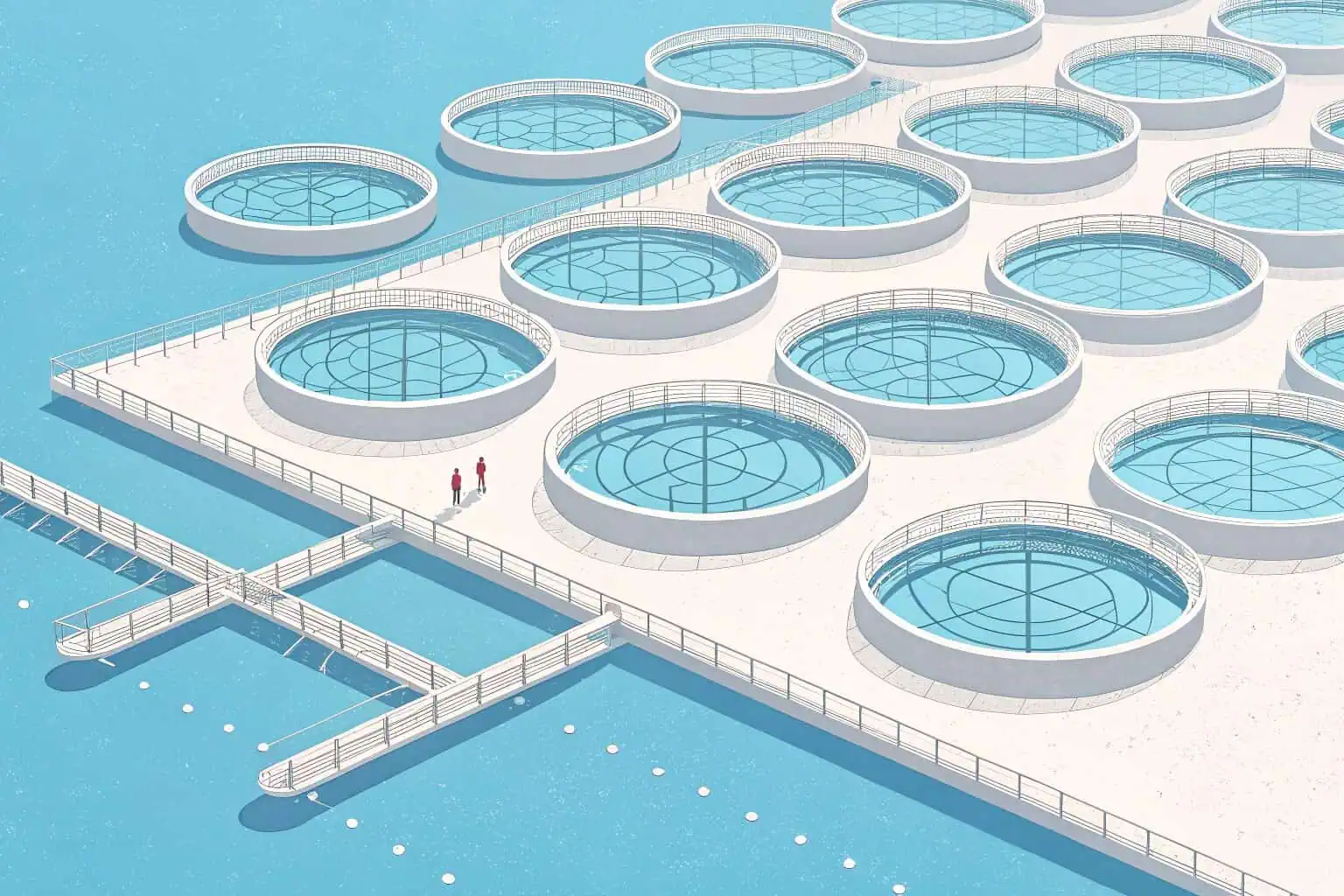
While the diversity in aquaculture is vast, when you look at the numbers, a few key players clearly stand out. These are the species that form the commercial backbone of the industry. I've learned that their dominance isn't an accident; it's the result of decades of research, selective breeding, and market development. They have a proven track record of performance and profitability, which is why they are the go-to choice for so many large-scale operations. Understanding why these specific fish are so successful provides a clear insight into the economic drivers of the entire aquaculture industry11.
The People's Fish: Tilapia
I often call tilapia the "aquatic chicken," and for good reason. It's a hardy, fast-growing fish with a mild flavor that appeals to a huge number of consumers worldwide. It's relatively cheap to produce, making it an incredibly important source of protein, especially in developing countries. This is where I see the connection to practical solutions. For small-scale farmers or community projects, a simple setup using one of our Bancy collapsible fish tanks can be a fantastic way to start a tilapia farm, providing both food and income. Its efficiency and accessibility embody the promise of aquaculture12 to feed the world.
The Global Staple: Carp
Carp is another giant in the world of freshwater aquaculture, particularly in Asia, where it has been farmed for thousands of years. It's deeply embedded in the culture and cuisine of many countries. There are many different species of carp, and they are often farmed together in polyculture systems13, which is a very efficient use of resources. Their ability to thrive in simple pond systems and their importance as a traditional food source make them a cornerstone of global food security. This highlights the regional differences I've observed; what works in Asia is tailored to local tastes and traditions, just as European farming focuses on species like salmon.
| Aspect | Description |
|---|---|
| Species | Carp |
| Aquaculture Status | Giant in freshwater aquaculture, particularly in Asia14 |
| Historical Significance | Farmed for thousands of years |
| Cultural Importance | Deeply embedded in culture and cuisine of many countries |
| Farming Method | Often farmed in polyculture systems |
| Efficiency | Very efficient use of resources (polyculture) |
| Habitat | Thrive in simple pond systems |
| Food Role | Important as a traditional food source, cornerstone of global food security |
| Regional Context | Highlights regional differences, tailored to local tastes and traditions in Asia |
The Premium Choice: Salmon
Atlantic salmon15 represents the high-value end of the market. Consumer demand for salmon is incredibly strong, driven by its flavor and health benefits. However, farming it is a much more intensive and expensive operation. It requires sophisticated net pens in cold coastal waters or advanced land-based RAS facilities. I'm fascinated by the constant innovation in this sector to tackle challenges like sea lice and the reliance on wild-caught fish for feed. The push towards more sustainable feed ingredients and better disease management shows how the industry is maturing and addressing its environmental responsibilities head-on.
What is the easiest fish to aquaculture?
Dreaming of starting your own small fish farm but scared by the complexity? Choosing the wrong fish can lead to frustration, failure, and a lot of wasted effort.
For beginners, tilapia is widely considered the easiest fish to farm. Its incredible hardiness, tolerance for a wide range of water conditions, and simple dietary needs make it very forgiving and a perfect entry point into the world of aquaculture.
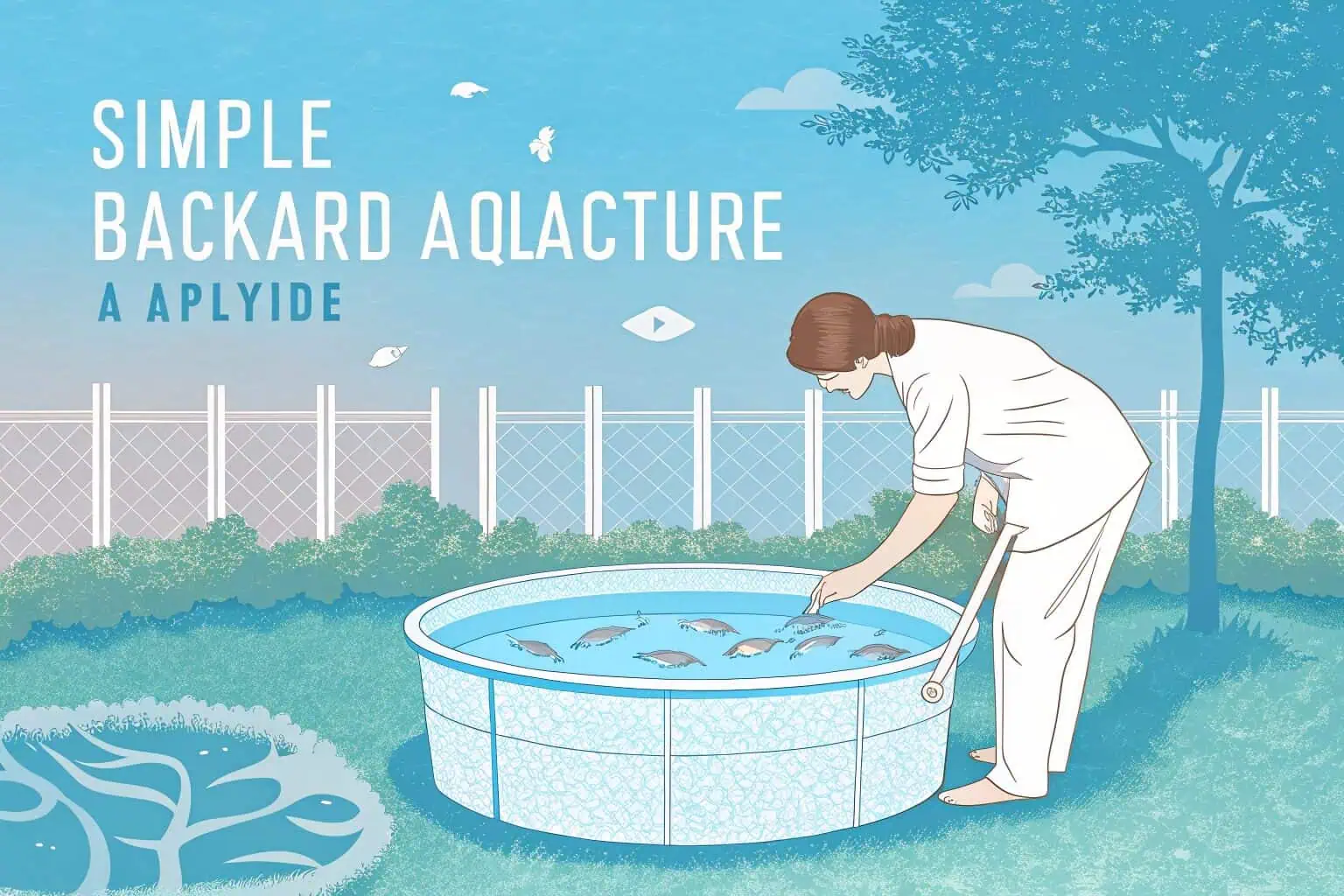
When people ask me for advice on getting started, my answer is almost always the same. Start simple. The excitement of aquaculture can make it tempting to jump in with a high-value but difficult species, but that's often a recipe for disaster. I believe the key to success, especially at the beginning, is to choose a fish that can handle a few mistakes. You need a species that is resilient and won't die if the oxygen level drops for an hour or if the temperature isn't perfect. Building confidence with an easy-to-farm fish provides a solid foundation for future success.
Why Tilapia is King for Beginners
There's a reason tilapia16 is the top recommendation for newcomers. This fish is tough. It can tolerate lower oxygen levels and a wider range of temperatures than most other farmed fish. Its diet is also incredibly simple; it will happily eat algae and plant-based pellets, which keeps feeding costs down. Furthermore, it grows fast and reproduces easily in captivity, sometimes too easily! For anyone looking to start small, perhaps in their backyard, a straightforward setup is all that's needed. A durable, easy-to-install container like our Bancy collapsible plastic fish tank17 is a perfect example of a low-cost, effective way to create a great environment for raising tilapia.
Other Easy Contenders
While tilapia often takes the top spot, it's not the only option. Catfish is another excellent choice, especially in North America. They are also very hardy, grow well in ponds, and are not picky eaters. They are a popular food fish, so there is a ready market for them. Another one I sometimes suggest for small, cool-water systems is Bluegill18. They are tough little fish that are also quite forgiving for beginners, though they don't grow as fast as tilapia or catfish. The right choice often depends on your local climate and what you want to achieve.
What Makes a Fish "Easy"?
So, what are the specific traits we look for in an "easy" fish? I've broken it down into a few key factors:
| Trait | Description | Why It Matters for Beginners |
|---|---|---|
| Hardiness19 | Ability to tolerate stress, like changes in water quality or temperature. | Provides a buffer for common beginner mistakes. |
| Simple Diet | Willingness to eat inexpensive, readily available plant-based food. | Lowers the operational cost and simplifies feeding. |
| Fast Growth20 | Reaches a harvestable size in a relatively short period. | Allows for a quicker return on investment and learning cycle. |
| Easy Breeding | Reproduces naturally in a captive environment without complex steps. | Simplifies the process of sustaining your stock. |
Choosing a fish that scores well in these areas will dramatically increase your chances of having a positive and successful first experience with aquaculture.
Conclusion
In the end, the world of aquaculture is vast and varied. From hardy tilapia to valuable salmon, each species tells a story of balancing human needs with environmental responsibility.
-
Understanding the factors that contribute to fish farming as a viable business can help you make informed decisions in the industry. ↩
-
Learn how aquaculture practices promote sustainability and reduce environmental impact, making it vital for future food security. ↩
-
This resource will explain RAS technology, showcasing its role in sustainable fish farming and innovations in aquaculture. ↩
-
Learn about the importance of the salmonid family in aquaculture and their impact on global fish farming. ↩
-
Discover how adaptable fish species can enhance aquaculture practices and improve farming efficiency. ↩
-
Exploring various aquatic resources can highlight their significance in diverse markets and innovative farming methods. ↩
-
Learn about closed-containment systems and their benefits for shrimp farming, including disease control and environmental protection. ↩
-
Explore the benefits of mollusk farming to understand its role in sustainable aquaculture and environmental health. ↩
-
Discover how seaweed farming enhances sustainability and combats climate change, making it a vital resource for the future. ↩
-
Explore the benefits of seaweed farming to understand its role in sustainability and aquaculture innovation. ↩
-
This resource will provide insights into the factors influencing aquaculture's growth and profitability. ↩
-
Learn how aquaculture practices can enhance food security and sustainability, making it vital for future food systems. ↩
-
This resource will explain how polyculture systems enhance resource use and biodiversity in aquaculture. ↩
-
Explore this link to understand the significance of freshwater aquaculture in Asia and its impact on food security. ↩
-
Discover the numerous health benefits of Atlantic salmon, a delicious and nutritious choice for your diet. ↩
-
Explore the benefits of tilapia farming, including its resilience and cost-effectiveness, to understand why it's a top choice for beginners. ↩
-
Discover the advantages of using collapsible fish tanks like the Bancy model for efficient and affordable fish farming. ↩
-
Discover effective techniques for raising Bluegill, perfect for beginners and small water systems. ↩
-
Understanding hardiness helps beginners manage stress in aquatic environments, ensuring healthier stock. ↩
-
Fast growth means quicker returns and learning opportunities, making it essential for new aquaculturists. ↩